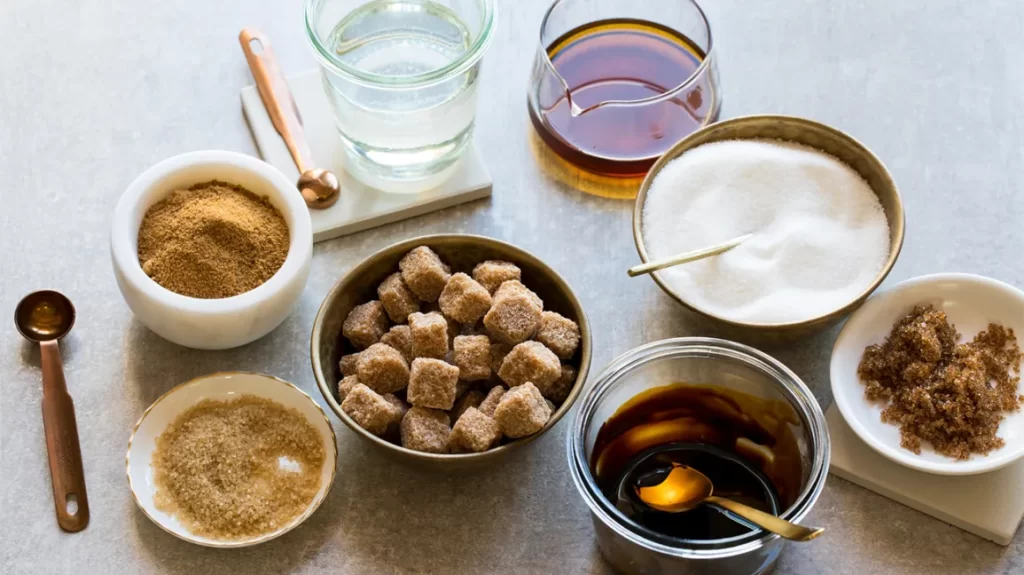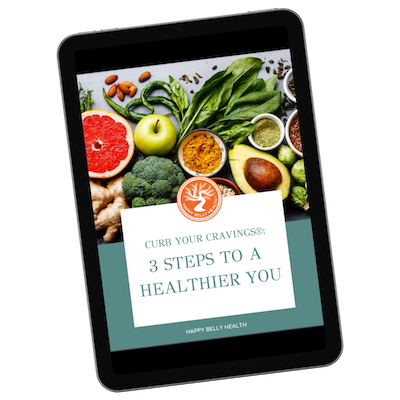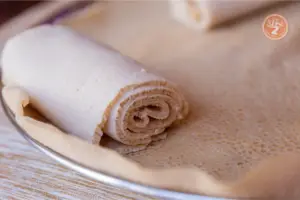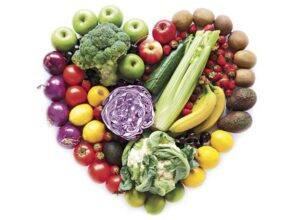Are You Trying to Avoid or Eat Less Sugar? Watch Out for These Sugar Names!
Sugar can hide under many different names in foods. Here’s a guide to some common sugar names you might encounter:
Brown Sugar: Contains sugar crystals mixed with molasses syrup. It’s about 91% to 96% sucrose. Some brown sugar is made by adding syrup to refined white sugar.
Confectioner’s Sugar (Powdered Sugar): Finely ground sucrose crystals mixed with a small amount of cornstarch.
Corn Syrups: Produced by breaking down cornstarch with enzymes or acids. They can contain 42%, 55%, or 90% fructose, with dextrose making up the rest.
Dextrose (Glucose): Also known as corn sugar, it’s made from starch and often blended with regular sugar.
High-Fructose Corn Syrup (HFCS): A sweetener from cornstarch with varying fructose levels, made sweeter than regular corn syrup through an enzyme-linked process.
Honey: An invert sugar created by bees from nectar. It contains fructose, glucose, maltose, and sucrose.
Invert Sugar: A blend of glucose and fructose, formed by splitting sucrose. It prevents crystallization in candy making.
Lactose: Milk sugar found in whey and skim milk. It’s used in the pharmaceutical industry and occurs naturally in mammal milk.
Levulose (Fructose): A sweeter sugar than sucrose, naturally present in fruits. Its sweetness can vary based on its form and usage.
Raw Sugar: Coarse granulated crystals from evaporated sugar cane juice. It contains impurities and is not typically sold in grocery stores due to FDA regulations.
Sorbitol, Mannitol, Maltitol, and Xylitol: Sugar alcohols found naturally in fruits and produced from sources like dextrose. Xylitol is as sweet as sucrose, while the others are about half as sweet.
Sucrose: Common table sugar from sugar cane or beets, consisting of glucose and fructose. It is 99.9% pure and available in granulated or powdered forms.
Turbinado Sugar: Raw sugar refined to remove impurities and most molasses. It’s edible when processed correctly but has sometimes contained trace contaminants.
Adapted from Dietary Sugar and Alternative Sweeteners by Janice R. Herman, PhD, RD/LD, Nutrition Education Specialist.







